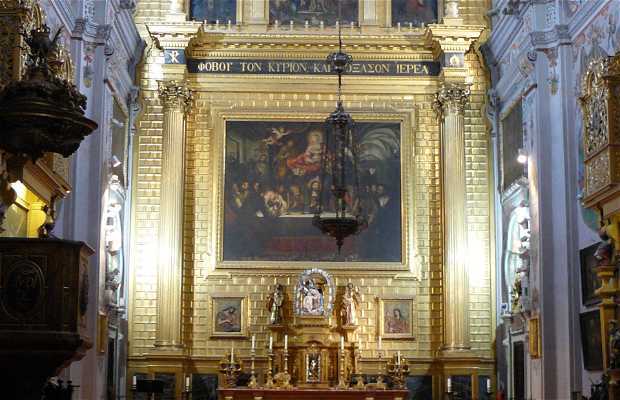Maider
A hospital with exuberant history
If you find yourself strolling through the neighbourhood of Santa Cruz, you cannot miss the Hospital de los Venerables. It’s worth seeing because it has many works of art by renowned artists from Seville.
The history of the charity hospital began when the Brotherhood ‘El Silencio’ (The Silence) decided, in the year 1627, to protect elderly priests, the poor and the disabled and rent a house where they were given shelter, assistance and maintained.
This work continued until when the same fraternity founded another whose purpose would be to cover exclusively the task they’d been carrying out since 1627, and decided to build the hospital.
The brotherhood sheltered the canon Justino de Neve in 1675 with the aim of being the residence of the venerable priests. Under the direction of architect Juan Dominguez, the works were completed in 1697. The address was in the hands of Leonardo de Figueroa.
With the resources provided by the founding brotherhood, almsgiving and facilities of the monarchs were able to be maintained by the institution.
Architecturally, the building is in Baroque style and has a Seville courtyard with a central fountain designed by Simon de Pineda and decorated with azulejos.
Around the courtyard are arched galleries seated on Tuscan marble columns. Another feature is the colour that adorns them, contrasting the white of the whitewash with the red of the brick pilasters, architraves and cornices.
The church has a single nave covered by a half barrel vault. Inside the church you can see frescoes by Valdés Leal. The paintings that cover the vault and the walls were done by the son of the painter, Lucas Valdés. They simulate tapestries and represent the triumph of the pontificate.
At the main retable one can admire the Apotheosis of San Fernando, also the work of Lucas. San Clemente and San Isidoro are represented on each side, done by Virgil Maltoni. The relief figures of John the Baptist and St. John the Evangelist are attributed to Martinez Montanes and date back to the first half of the seventeenth century.
Also notable is the central panel of the retable of St. Jerome. The figures of San Fernando and San Pedro, located under the choir, were made by Pedro Roldán. The pulpit, made with polychrome marble and valuable woods is the work of Francisco de Barahona.
Murillo, who was a friend of Justin de Neve, also painted a work for the hospital, the Immaculate, one of his most famous works, which is now exposed in the Museo del Prado in Madrid.
Since 1991 it has housed the Focus-Abengoa Foundation (Seville cultural fund), whom restored it between 1987 and 1991. After its restoration, the building was inaugurated by Queen Sofia on November 5, 1991, with an exhibition dedicated to Seville paintings of the Golden Age. It is also enabled as a cultural centre for exhibitions, and also holds concerts, conferences and seminars.
Read more



+6




